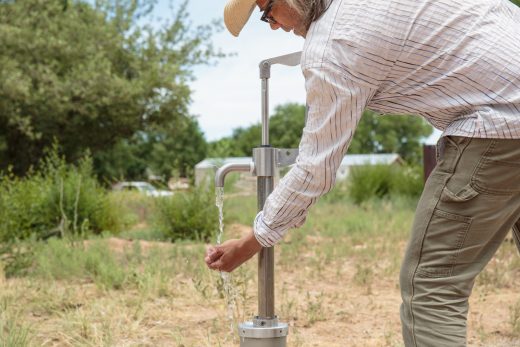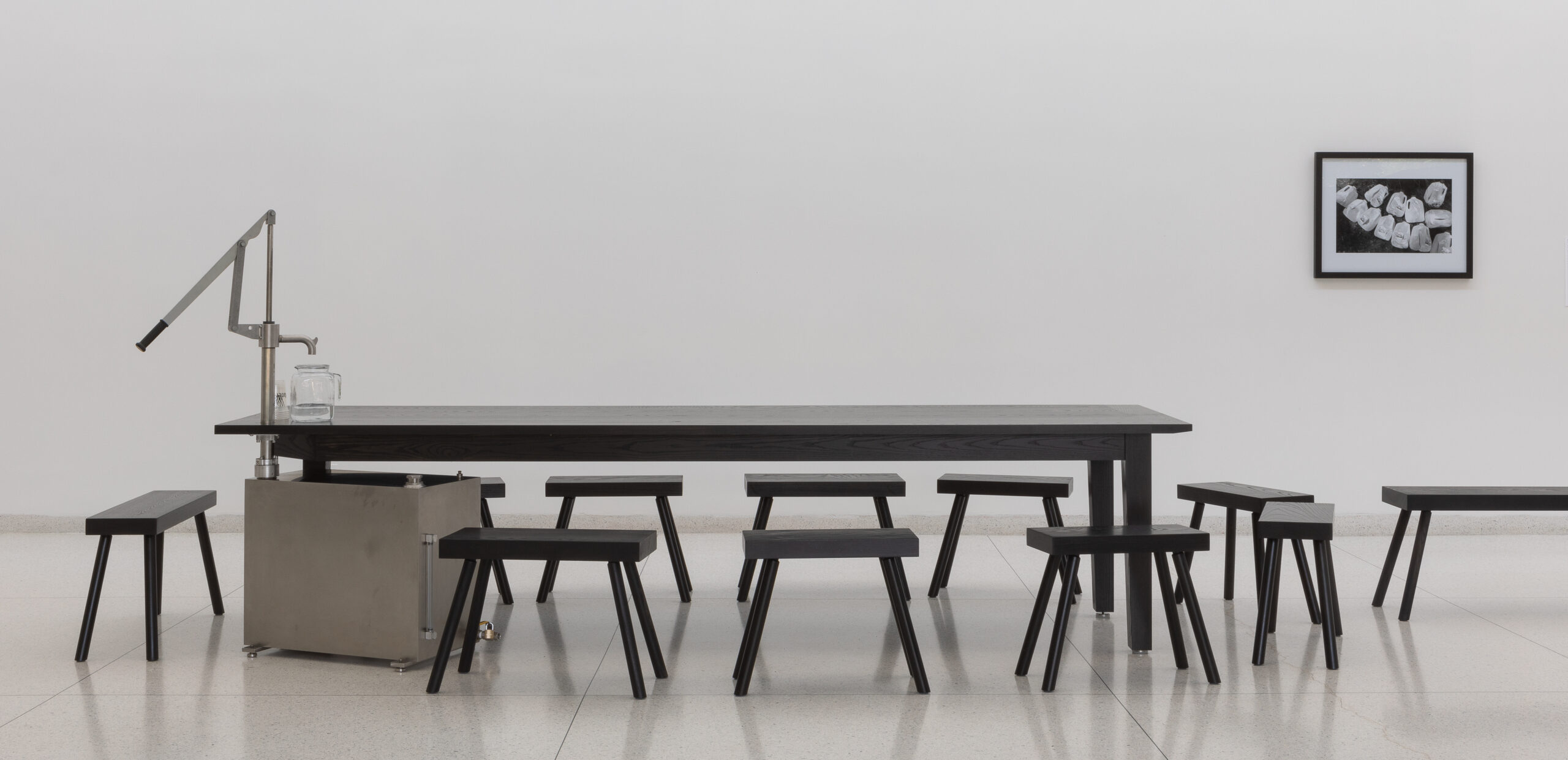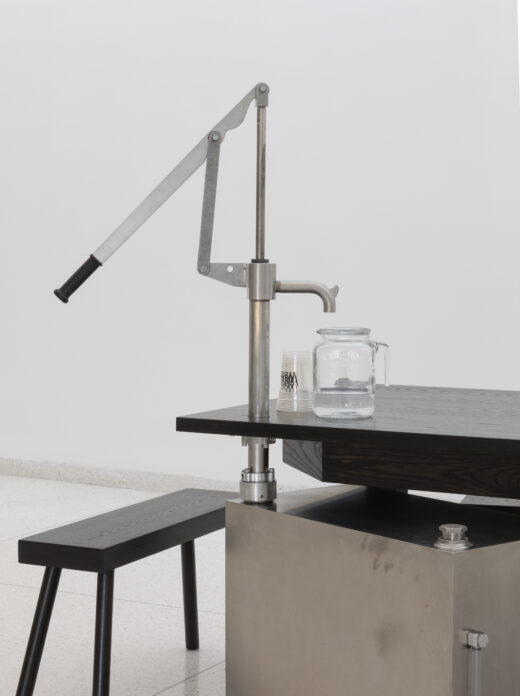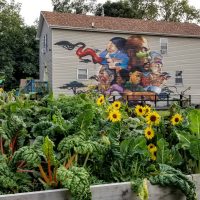Iñigo Manglano-Ovalle

Iñigo Manglano-Ovalle’s works, as he stated in an interview for the PBS program Art21, “speak but don’t tell.” The have an underlying politics, but never reveal the artist’s position. Unlike many of the artists included in Toward Common Cause, he does not issue direct calls to action. Instead, his works investigate and reveal the conceptual scaffolding, be it ideological, aesthetic, or philosophical, that underpins our individual experiences of the world. His use of all sorts of media in his projects—sound, sculpture, performance, video, and more—seems to defy categorization. What the projects all share, despite their great variety of forms, is a sustained interest in how natural and man-made complex systems constantly reshape the modern world.
Two ongoing projects of the last decade address humanity’s relationship to the climate, especially its effect on water, and demonstrate the range of Manglano-Ovalle’s practice. He has worked with water in all its forms—as vapor in clouds, solid in icebergs, and, of course, as a liquid. One of the climate projects is a series of elegant, post-minimal sculptures of clouds, and another takes the physical form of functional wells.
La Tormenta, or Turbulence, is a 2006 installation of two identical clouds, each 10 x 11 x 16 ft., made of fiberglass and covered in a titanium-alloy foil, that hang in the atrium of the Citizenship and Immigration Services District Headquarters in Chicago. Its location in a place that processes new immigrants, where many people known to the artist have passed through as “clients,” nods to the work’s double meaning. It speaks both to climate change and the attendant increase in frequency and intensity of violent thunderstorms, but also to the stormy political/cultural climate and the “turbulence” of introducing new immigrants. “For me,” says the artist, “the climate has been an issue to speak about the broader definition of climate—the economic, political, and social climates.”
Manglano-Ovalle’s wells are sleek minimalist objects, and one of them is installed permanently at the Sweet Water Foundation, an urban farm at the nexus of the Englewood and Washington Park neighborhoods of Chicago, as part of this exhibition. Another is permanently installed in Santa Clara Pueblo, in New Mexico, connecting the aquifer below ground to people at the surface, who manually withdraw water. In the Southwest, the work begs questions around the water rights and land use of indigenous people, as well as the history of land art associated with the area. Sited at the borders of the Englewood and Washington Park neighborhoods, Hydrant, 41°47’22.662″ N – 87°37’38.364″ W not only provides water to the neighborhood, but also queries the racial and classist politics of water access in the industrial Midwest.




